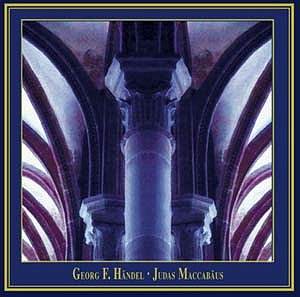 Composer: Wolfgang Amadeus Mozart
Composer: Wolfgang Amadeus Mozart
Works: Violin Concerto no. 4 in D, K. 218; Ludwig van Beethoven, Violin Concerto in D, op. 61
Performers: Joseph Szigeti (violin), London Philharmonic Orchestra/Sir Thomas Beecham (1), British Symphony Orchestra/Bruno Walter (2)
Recording: 8.10.1934, Abbey Road Studio no. 1 (1); 14.4.1932, Central Hall, Westminster (2)
Label: NAXOS Historical 8.110946
Wolfgang Amadeus Mozart’s Violin Concerto No. 4 in D major, K. 218, completed in 1775, stands as a testament to the composer’s nascent genius in blending technical prowess with lyrical beauty. This work, alongside Beethoven’s only Violin Concerto, op. 61, embodies the transition from the Classical to the Romantic era, capturing both the elegance of the 18th century and the burgeoning emotional depth that Beethoven would fully exploit. This recording, featuring the exceptional Joseph Szigeti alongside the London Philharmonic Orchestra under Sir Thomas Beecham and the British Symphony Orchestra with Bruno Walter, provides a fascinating window into performance practices of the early 20th century.
Szigeti’s interpretation of the Mozart concerto is marked by a remarkable vocal quality that imbues the music with a deeply human touch. His phrasing in the first movement, particularly in the exposition, showcases a deft balance between clarity and expressiveness. The slight portamenti he employs enhance the lyrical lines without overwhelming the music’s essential clarity, a choice that resonates well even against modern sensibilities. Beecham’s orchestral accompaniment, while occasionally described as brusque, actually serves to elevate Szigeti’s violin through a lightness of touch that allows the soloist’s voice to shine. The interplay between soloist and orchestra, particularly in the spirited final Rondeau, maintains a buoyant momentum that is both engaging and delightful. The slightly slower main theme in this movement, although arguably too languid for an Allegro, nevertheless is infused with grace, further demonstrating Szigeti’s interpretative choices.
In contrast, the Beethoven concerto presents a more complex and sprawling narrative. Here, Szigeti’s lyrical approach is juxtaposed against Walter’s more robust orchestral textures. The first movement, while ambitious in its scope, occasionally feels unfocused due to the duo’s varied tempi, which can lead to moments of disjunction. However, this spontaneity, a hallmark of both artists, contributes a palpable sense of dialogue between soloist and conductor. Szigeti’s ability to imbue passages with a conversational quality is particularly notable in sections where the violin seems to engage in a dialogue with the orchestra, lending a sense of intimacy to the performance. While the Beethoven may not deliver the cohesive structure that some may desire, it offers a snapshot of a profound musical engagement, capturing the spirit of the time.
The recording quality, as is often the case with historical releases, varies. Naxos’s efforts to provide a clear transfer yield a sound that, while not devoid of the artifacts of its era, allows Szigeti’s violin to emerge with commendable presence. Beecham’s orchestra, though occasionally sounding crumbly, delivers a warm backdrop that complements Szigeti’s vocal style. The contrasts between the two works—Mozart’s buoyancy and Beethoven’s emotional depth—are effectively preserved, allowing listeners to appreciate the evolution of violin performance across these two monumental pieces.
This collection does more than merely document performances from a bygone era; it invites listeners to witness the artistry of Szigeti at a time when the interpretative landscape was beginning to shift. The recordings stand as a testament to the shared lineage of violin playing, suggesting that the communicative essence of performance transcends time. While neither work may reach the definitive heights established by contemporary interpretations, they nonetheless reflect the enduring qualities of great musicianship, affirming that the past and present are inextricably linked through the art of performance.



